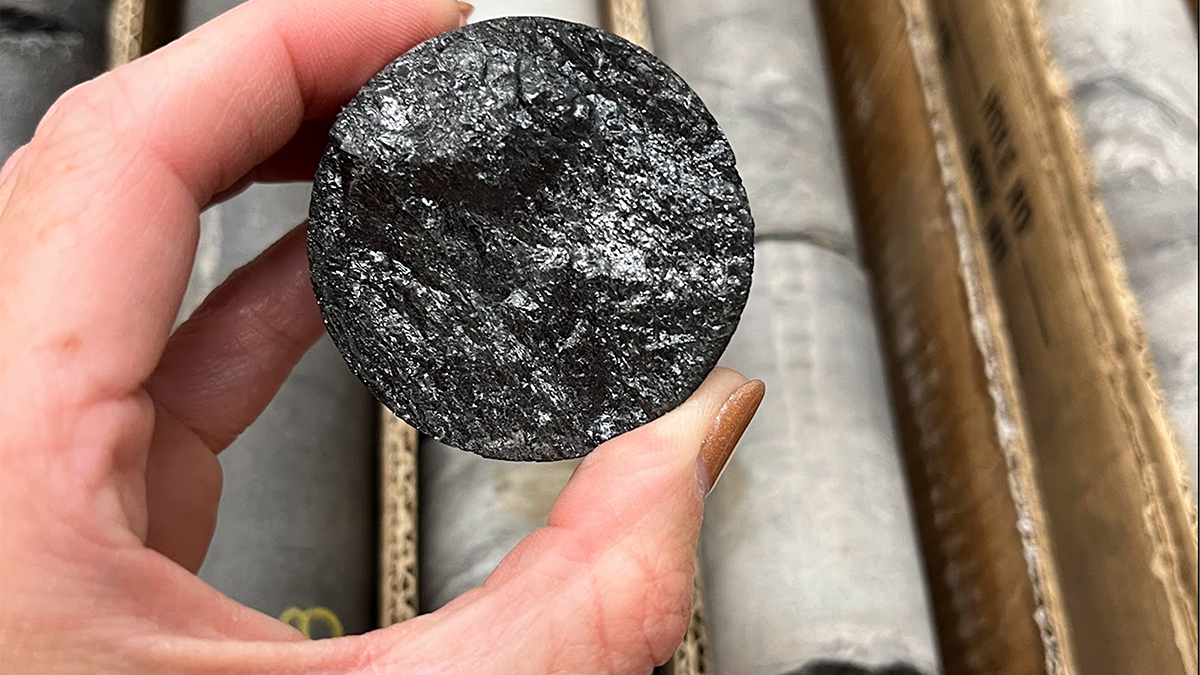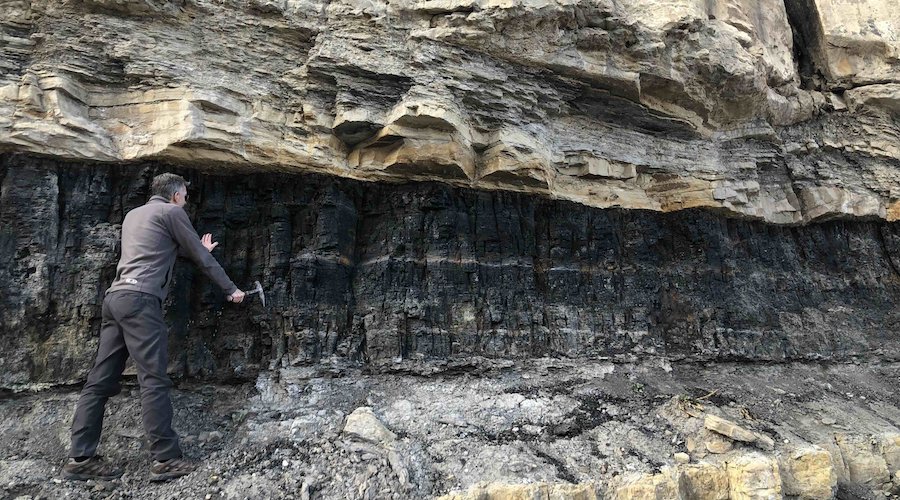Unlocking Rare Earth Elements in Coal Mines for Renewable Energy
A groundbreaking study led by the University of Utah has uncovered elevated concentrations of rare earth elements (REEs) in active coal mines in Colorado and Utah. These findings suggest that coal mines could serve as secondary sources of critical minerals needed for renewable energy technologies and high-tech applications. The research, part of the CORE-CM project funded by the Department of Energy, aims to reduce U.S. dependence on overseas sources of REEs by exploring unconventional domestic reserves.
REEs are essential for manufacturing high-tech devices, from smartphones to wind turbines, due to their unique properties. The study found that these elements are concentrated in fine-grain shale units surrounding coal seams in the region. By analyzing thousands of rock samples, researchers identified potential REE-enriched formations in siltstone and shale layers adjacent to coal deposits. The next phase of the study will focus on estimating the volume of rare earth ore present in these formations to assess their economic viability.
With the U.S. relying heavily on foreign suppliers for rare earth elements, the discovery of REE-enriched coal deposits in the Western states could offer a promising solution to secure a domestic supply chain. By leveraging existing coal mining infrastructure, companies could tap into these valuable resources while transitioning towards cleaner energy sources. This innovative approach highlights the untapped potential of coal mines in supporting the transition to a sustainable energy future.
The Role of Rare Earth Elements in Energy Transition
Rare earth elements play a crucial role in the transition to renewable energy technologies, as they are key components in various devices such as wind turbines, solar panels, and electric vehicles. These elements, including neodymium, praseodymium, and dysprosium, are essential for producing high-power magnets used in energy-efficient applications. Additionally, lanthanide compounds found in rare earths are used in glass, catalysts, and electronics, contributing to the advancement of modern technology.
The U.S. Geological Survey reports that the U.S. consumes thousands of metric tons of rare-earth oxides annually, highlighting the growing demand for these critical minerals. However, the reliance on foreign imports poses a risk to national security and economic stability. By exploring domestic sources of rare earth elements, such as coal mines in Utah and Colorado, the U.S. can reduce its vulnerability to supply chain disruptions and strengthen its position in the global market.
As the world shifts towards a greener and more sustainable energy future, the availability of rare earth elements will be paramount to supporting this transition. By investing in research and development of domestic reserves, the U.S. can enhance its energy security and technological innovation, paving the way for a cleaner and more resilient economy.
Exploring the Economic Potential of Rare Earth Elements in Coal Mining
The recent discovery of rare earth element enrichment in coal mines in the Uinta Region of Utah and Colorado has sparked interest in the economic potential of these valuable resources. With the demand for REEs projected to rise in the coming years, the exploration of domestic reserves could offer a strategic advantage for the U.S. in reducing its dependence on foreign suppliers.
By analyzing rock samples from active coal mines and waste piles, researchers have identified concentrations of rare earth elements in coal-adjacent formations, indicating a possible byproduct of coal mining operations. The study, published in Frontiers of Earth Science, presents a new opportunity for coal companies to diversify their revenue streams and contribute to the production of renewable energy technologies.
As the U.S. seeks to strengthen its critical mineral supply chain and reduce its carbon footprint, the integration of rare earth elements from coal mines could play a significant role in achieving these objectives. By leveraging the existing infrastructure of coal mining operations, companies can extract valuable resources while supporting the transition to a sustainable energy future. The potential economic benefits of tapping into rare earth elements in coal mines underscore the importance of domestic resource development for advancing renewable energy technologies.





